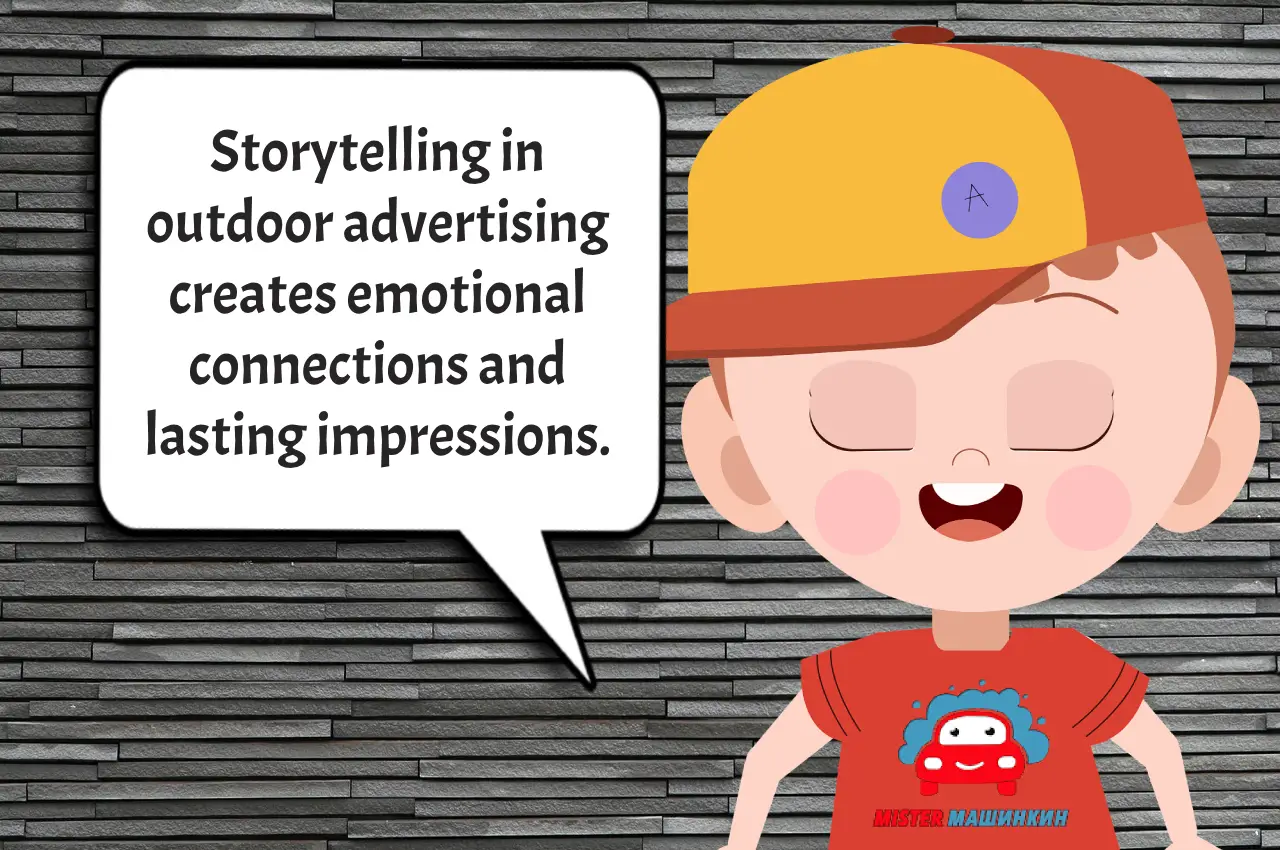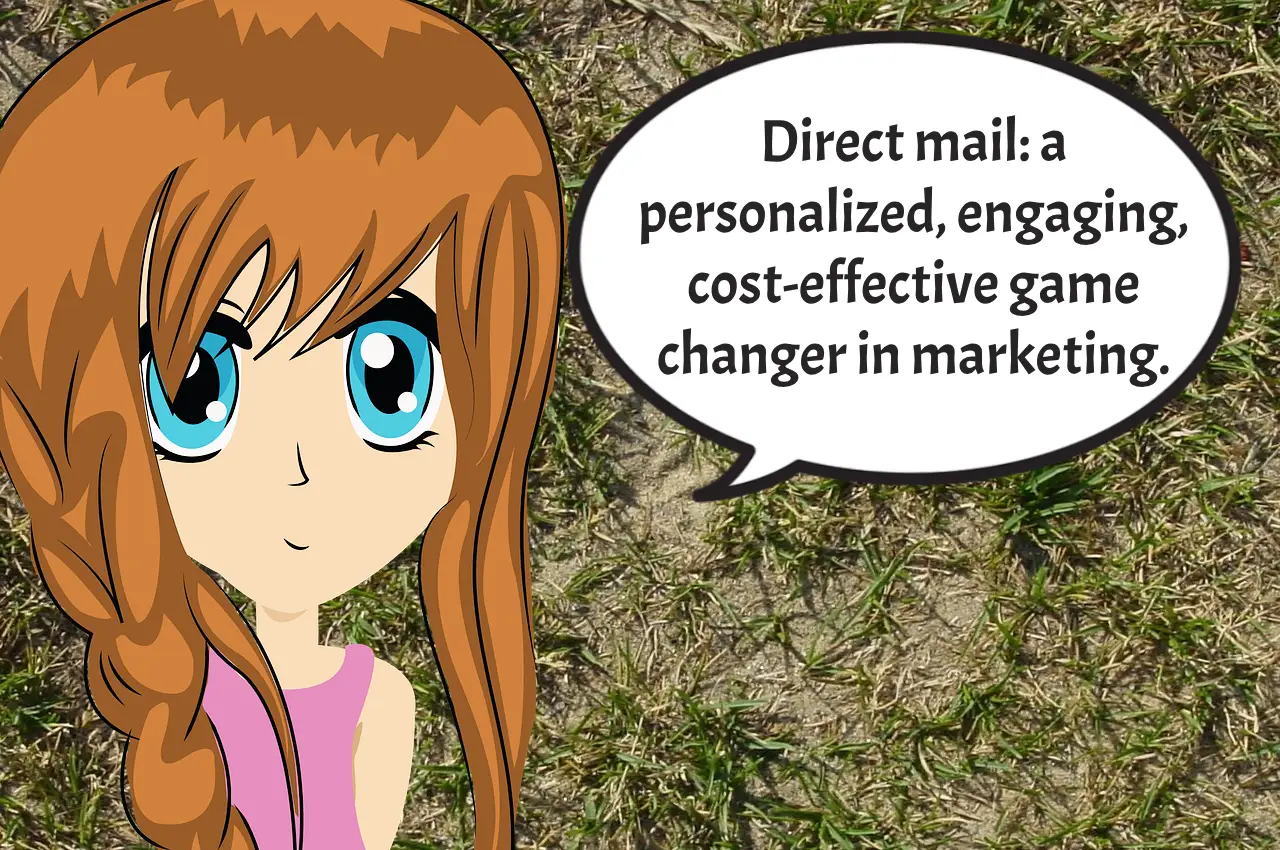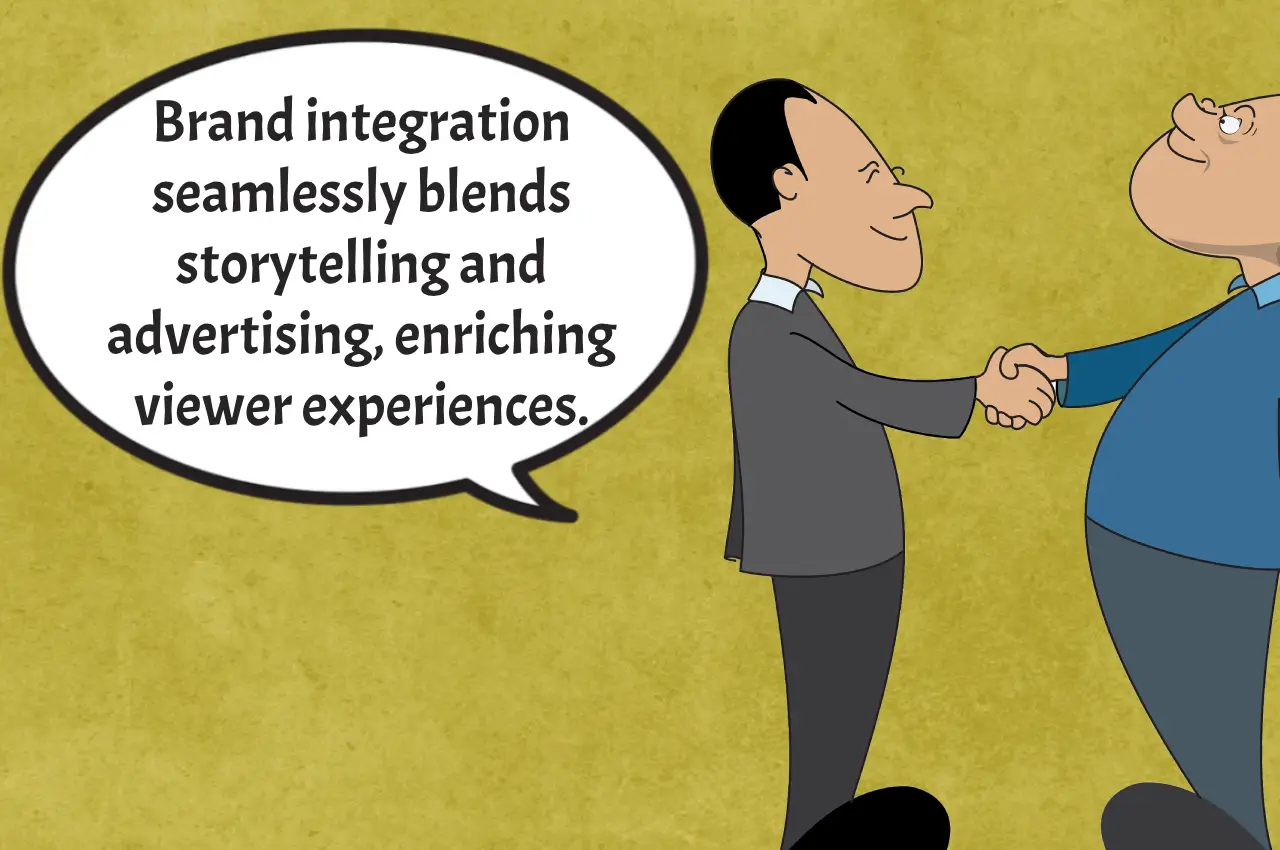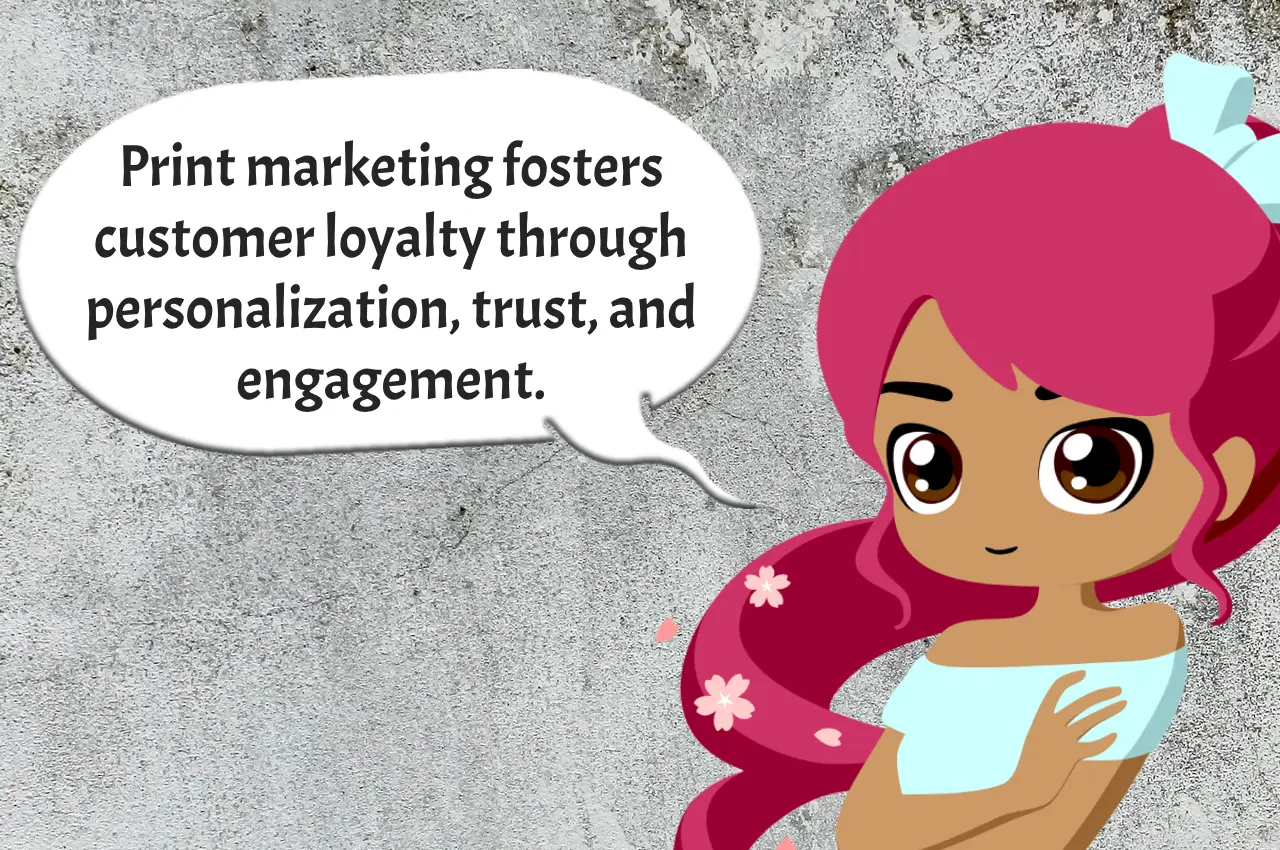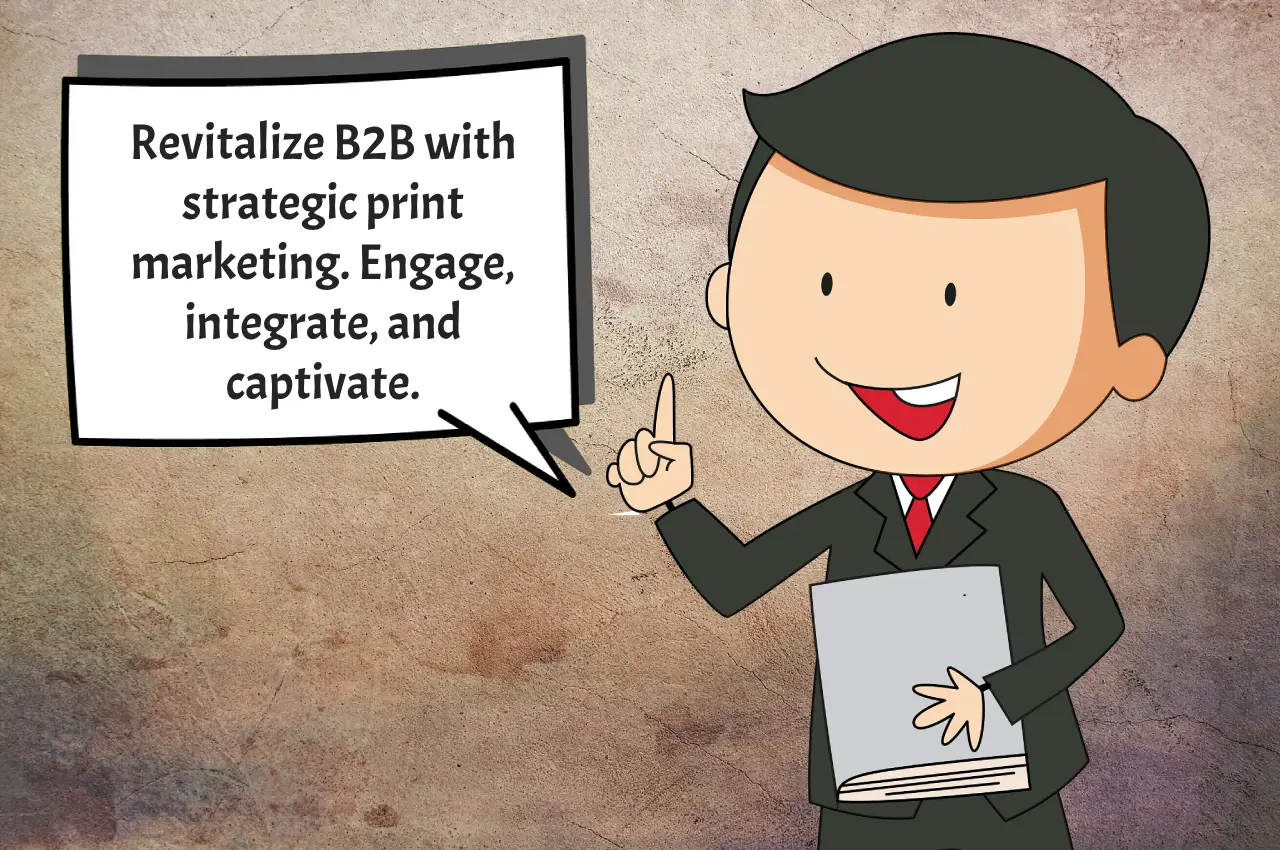Billboards and posters have long been tools to grab attention. But what makes outdoor advertising truly memorable? It’s the art of storytelling. People remember stories. Stories create connections, evoke emotions, and leave lasting impressions. For brands, storytelling in outdoor advertising is a game-changer. Let’s dive into how you can craft compelling stories that turn heads and stay in minds.
Why Storytelling in Outdoor Advertising Matters
Storytelling transforms bland advertisements into unforgettable experiences. A story doesn’t just tell; it shows, engages, and inspires. Outdoor ads are limited by space and time. A passing driver or pedestrian has seconds to process your message. A well-told story can hook them instantly.
Think about Coca-Cola’s “Share a Coke” campaign. It replaced its logo with names, turning each bottle into a personal story. Seeing your name on a billboard or a bottle wasn’t just an ad—it was an invitation to be part of a larger narrative.
Components of a Great Story in Outdoor Ads
Crafting a powerful story for outdoor advertising is different from traditional storytelling. Here are its essential elements:
1. Emotion at the Core
Good stories evoke emotions. Whether it’s happiness, curiosity, nostalgia, or urgency, emotions make stories memorable. Take the example of a public safety campaign. A dramatic image paired with a short emotional caption like, “Drive safe; someone’s waiting for you” triggers an emotional response instantly.
2. Simplicity is Key
Outdoor ads don’t have the luxury of paragraphs. Use fewer words and more visuals. Simple stories are easier to grasp and leave a stronger impact. Nike’s iconic “Just Do It” paired with a single dynamic image is a perfect example of simplicity combined with storytelling.
3. Relevance to the Audience
Your story should resonate with your target audience. Know their struggles, dreams, and aspirations. A fast-food billboard showing a steaming burger on a busy highway doesn’t just sell food—it solves hunger for commuters.
Types of Storytelling in Outdoor Advertising
Not all stories are the same. Different formats serve different purposes. Here are some types to explore:
1. Visual Storytelling
A single image can say more than a thousand words. Combine striking visuals with subtle cues. For instance, McDonald’s uses just a red background, golden arches, and a single word like “Hungry?” to create a complete narrative.
2. Interactive Stories
Modern technology allows for interactive storytelling. Digital billboards and augmented reality let viewers become part of the story. A recent campaign by Pepsi created bus stop ads that displayed a digital tiger “walking” toward commuters, making them part of a thrilling narrative.
3. Humor-Based Stories
Laughter is a universal language. Funny billboards grab attention and stick in people’s minds. For instance, a dentist’s ad with a giant bitten apple cleverly communicates their services in a humorous yet relatable way.
4. Local Stories
Connect with local audiences by weaving in cultural or regional references. A brand promoting sunscreen could playfully mention the scorching heat of a specific city to engage locals.
How to Craft Your Outdoor Advertising Story
1. Start with a Clear Message
Define the core message of your story. Do you want to inspire, inform, or persuade? Keep it concise and focused. For example, a charity ad might use the line, “One meal can save a life,” paired with a poignant image.
2. Choose the Right Visuals
Images are the heart of outdoor advertising. Pick visuals that convey the message instantly. A photo of a child with a clean glass of water speaks volumes for a water purification campaign.
3. Use Powerful Words
Every word counts. Choose phrases that spark curiosity or evoke emotion. Words like “Imagine,” “Discover,” or “Now” create urgency and intrigue. For example, “Imagine your dream vacation – just one click away!”
4. Test for Immediate Impact
Ask yourself: Can someone understand this story in 5 seconds? If not, revise it. Outdoor ads are fleeting, so clarity and immediacy are critical.
Apple’s “Shot on iPhone” Campaign
Apple’s “Shot on iPhone” campaign is a masterclass in outdoor storytelling. The campaign featured user-generated photos taken on iPhones, displayed on billboards worldwide. The visuals were stunning, authentic, and connected with audiences by celebrating their creativity. Apple didn’t just sell a product; it told a story of possibilities.
The Challenges of Storytelling in Outdoor Advertising
1. Limited Space: Unlike digital ads, billboards don’t allow for long explanations. You need to say more with less. Focus on visuals and concise copy.
2. Targeting the Right Audience: Outdoor ads are seen by diverse audiences. Your story must appeal to a wide range of people while staying relevant to your brand.
3. Breaking Through the Noise: Cities are filled with competing ads. A compelling story can help your ad stand out in a crowded environment.
Key Tips for Effective Storytelling in Outdoor Advertising
Consistency Matters: Use colors, fonts, and visuals that align with your brand.
Think Big: Billboards are larger than life, so make your story bold and impactful.
Create Curiosity: Use storytelling to spark intrigue. For example, “What happens next?” followed by a website link can drive traffic.
Focus on Action: Lead your audience toward a clear next step, like visiting a website or scanning a QR code.
Now that you’ve seen the power of storytelling in outdoor advertising, it’s time to create your own. What’s the most memorable billboard you’ve seen? Share your thoughts in the comments below!

